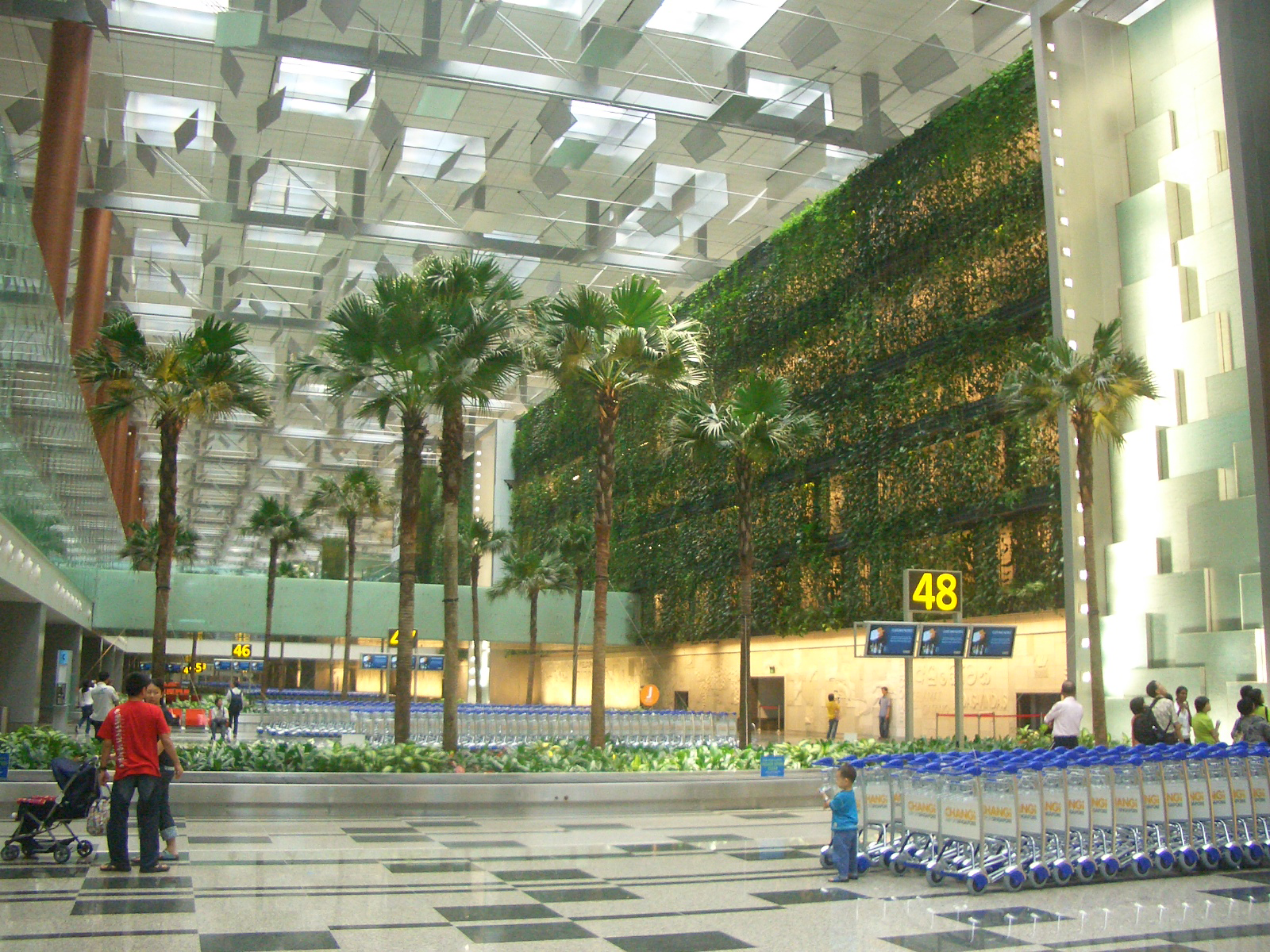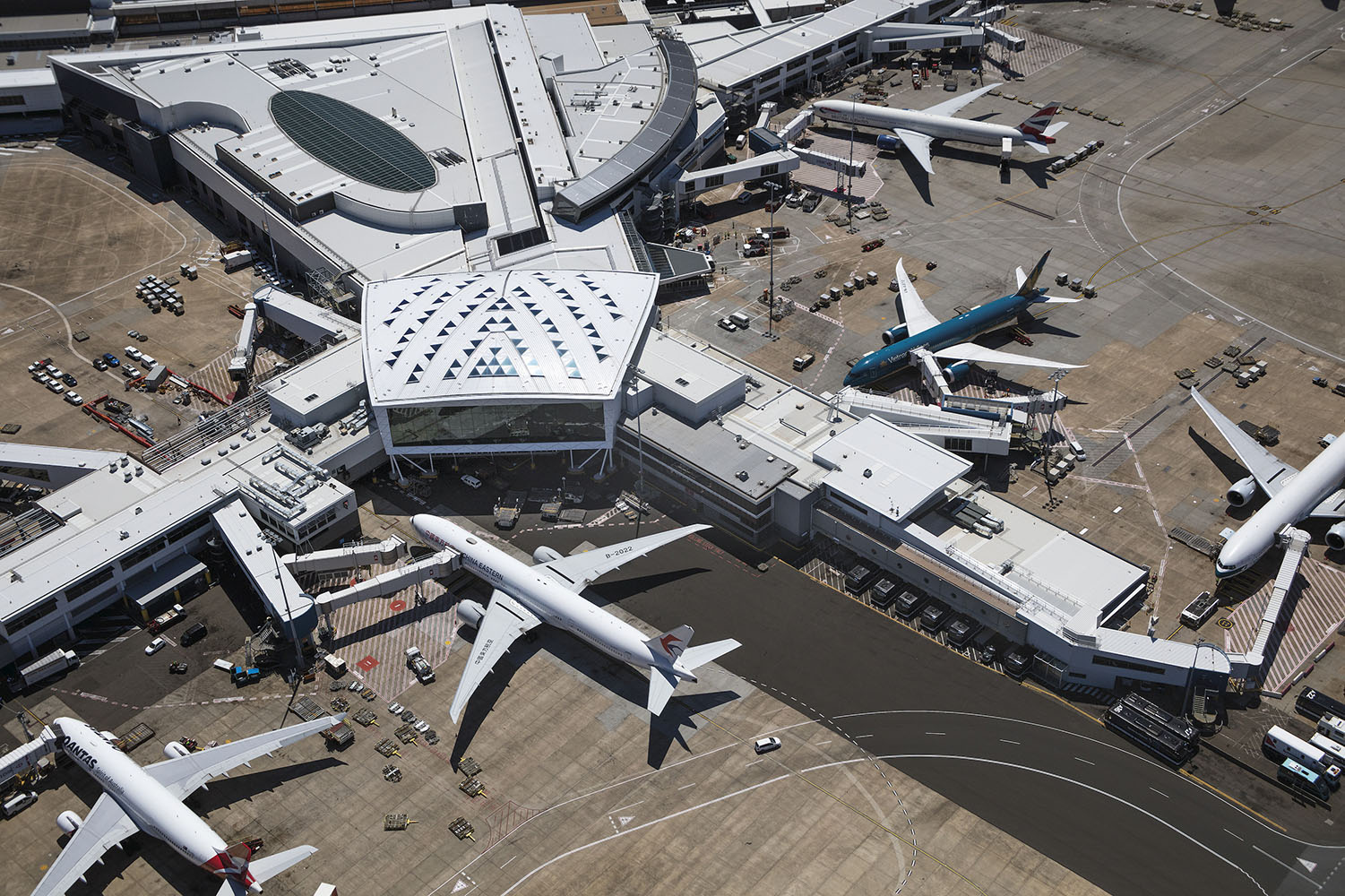The Future of Air Travel: Why Do We Need to Care About Re-Shifting Airports in a Post COVID Environment?

This article is part of our five-day series, “The Future of Air Travel,” with COX Director David Holm.
We all know air travel has been dramatically affected by COVID. At first, the pandemic put a stop to it all together. Now, studies suggest that travellers are anxious to get back into the sky – particularly when it comes to international travel.
We may be seeing a shift, but not all is negative. We see a new focus on safety and wellness, where airports will become more comfortable, and more sustainable.
Some changes are already in place, but where to from here? We sat down with COX Director David Holm to learn more.

David is a specialist in airports, transport, and infrastructure projects at COX. His design focus is at the nexus of urban infrastructure, transport connections, and public placemaking. This is evident through key projects such as Western Sydney International Airport, Singapore’s Changi Airport Terminal 3 (pictured above), New Delhi International Airport Terminal 3, and Sydney Airport Forum and Marketplace (pictured below).

Sitting down to discuss this topic, David pulls up a clip from the opening scene of the popular movie Love Actually. He laughs and says he often gets teased about this, but that this scene showcases the reason he is so passionate about airport design – connection.
COX Director, David Holm
It is the raw emotion of travel that makes designing these spaces so special. It may be for business, with the anticipation of achieving something great weighing heavy as you check your bags. It may be reuniting with family or friends after time apart. Airports are not only a physical gateway, but an emotional one too.
He explains that this is why we need to care. Sure, we may see less running into each other’s arms as we are instructed to stay 1.5 metres apart, but airports must remain as a tool for connecting people – simultaneously being safe and functional spaces.
“Travel has become more complex. I recently went to Paris for a airports conference and for the first time in over two years I was travelling overseas. I had to fill out a plethora of forms I’d never had to worry about before. I downloaded a special departures app, had to load my vaccine passport onto my phone – everything has changed. I was quite anxious about contemplating that kind of travel. Therefore, the spaces we design must create a sense of calm; travelling has changed forever.”
Over the next five days, we will touch on airport design of the future, showcasing the changes that will see air travel reinstated as a norm for people around the world. We will look at the purpose of reconsidering airports, the choices of travellers, physical spaces and how they provide comfort, and how we can use architecture to tie all these aspects together.

Stay tuned.